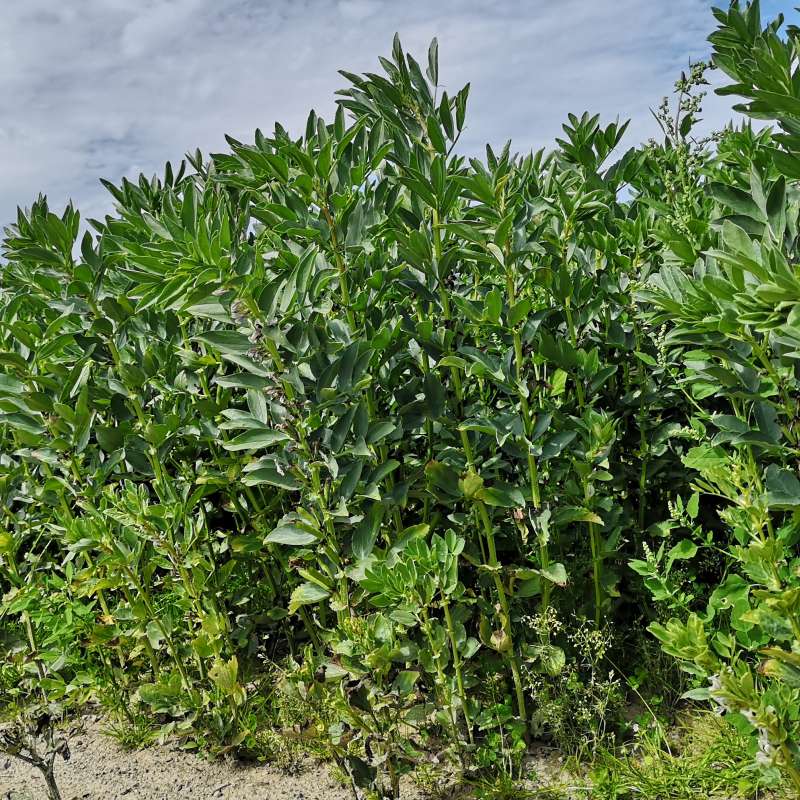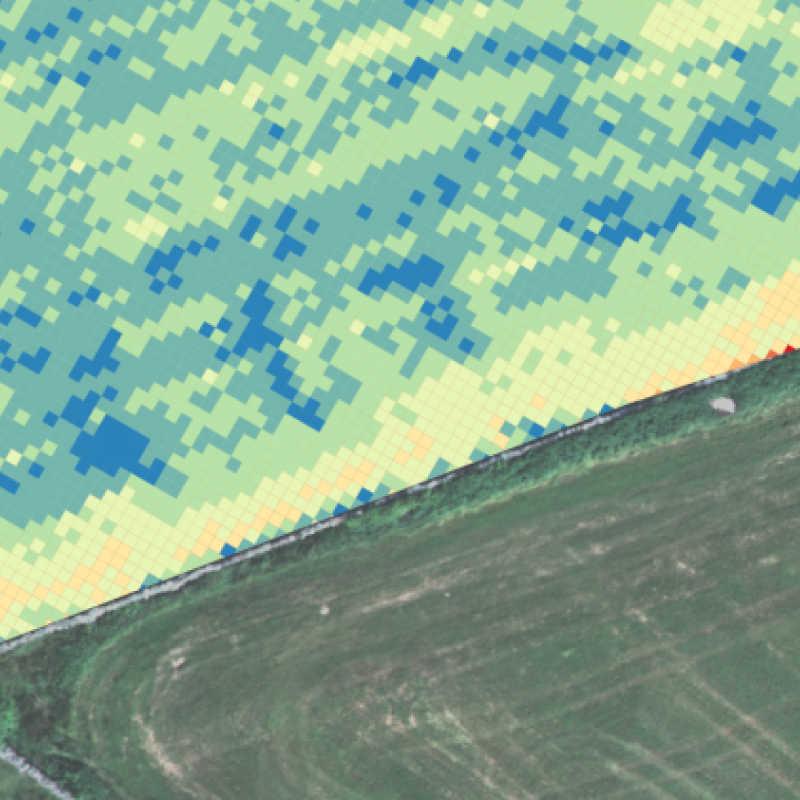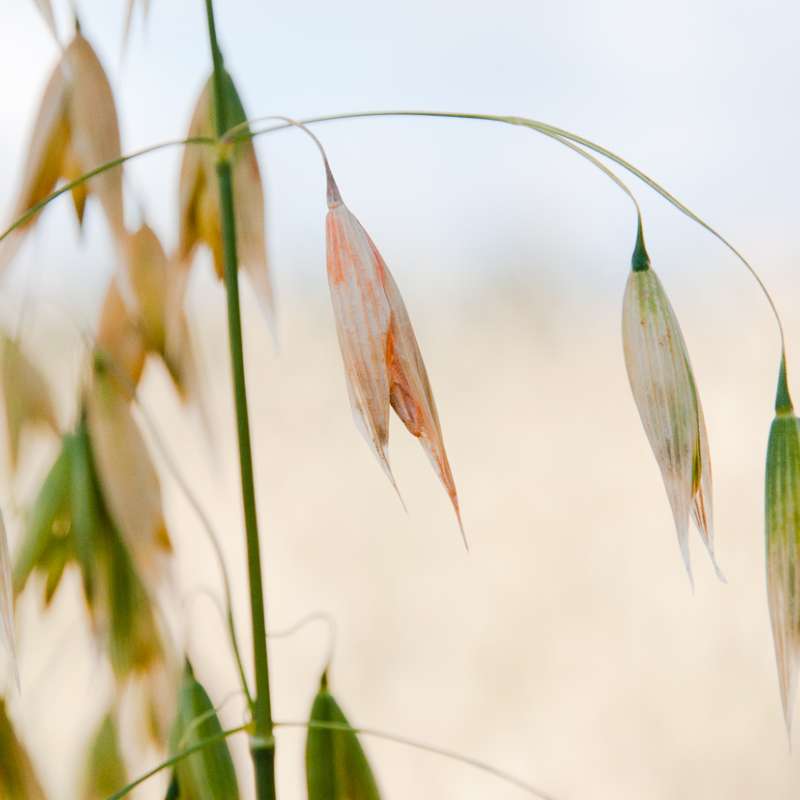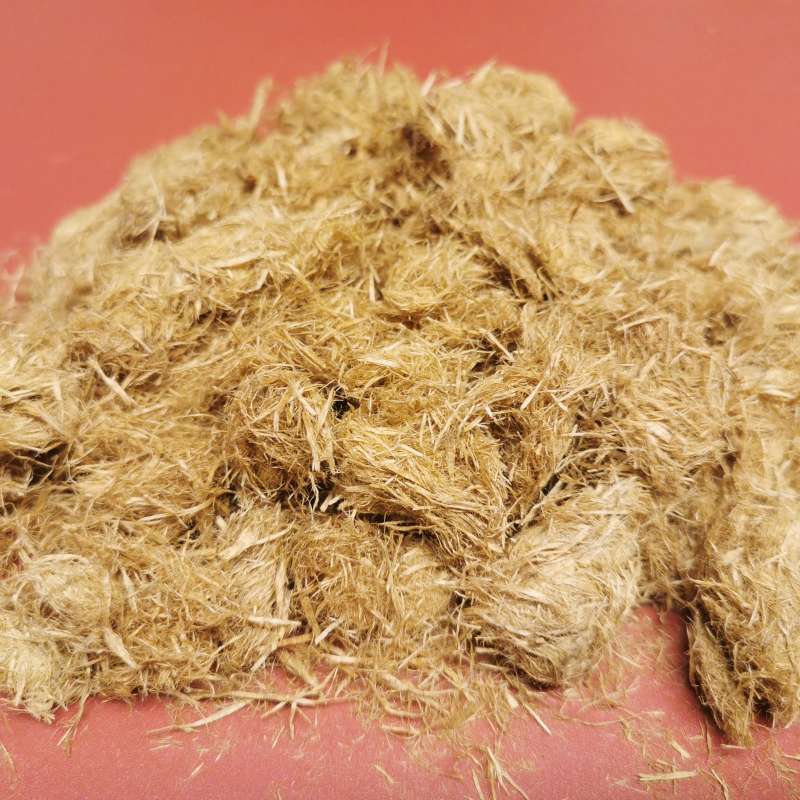Anne-Grete Roer Hjelkrem
Forsker
(+47) 971 18 993
anne-grete.hjelkrem@nibio.no
Sted
Ås - Bygg H7
Besøksadresse
Høgskoleveien 7, 1433 Ås
Vedlegg
CV (januar 2025)Biografi
- Utvikling av varslingsmodeller for beslutningsstøtte innen soppsykdommer, toksiner, skadedyr og ugras
- Utvikling av NORNE-modellen for beregning av avling og kvalitet i grovfôr
- Utvikling av modelleringsplattform for beregning av klimagassutslipp i jordbruket i tråd med det nasjonale utslippsregnskapet
- Utvikling av modelleringsplattform for beregning av referansebaner og tiltaksscenarioer i oppdrag
- Miljøanalyser (LCA) innen matproduksjon
Forfattere
Heidi Udnes Aamot Magne Nordang Skårn Chloé Grieu Anne-Grete Roer Hjelkrem Katherine Ann Gredvig Nielsen Silje Kvist Simonsen Nora Steinkopf Anne Kjersti Uhlen Guro BrodalSammendrag
Chocolate spot (CS) is one of the most destructive diseases affecting faba beans worldwide, leading to yield reductions of up to 90% in susceptible cultivars under conducive environmental conditions. Traditionally, the disease has been attributed to the fungal pathogens Botrytis fabae and Botrytis cinerea, however recent studies have identified three additional Botrytis species capable of causing the disease. Fungicide applications during flowering are commonly used to control the disease and limit damage to pod set, but this approach is not always effective. The reasons for this lack of control are not fully understood. To increase our understanding of the CS species complex in Norway, we used species-specific PCR to identify different Botrytis species in symptomatic leaves collected at various locations and years. Some Botrytis species are known to be high-risk pathogens for fungicide resistance development, but resistance in Norwegian Botrytis populations in faba bean have not previously been studied. Therefore, we obtained Botrytis isolates from diseased leaves and used a mycelial growth assay to assess their response to the active ingredients (boscalid and pyraclostrobin) in the fungicide commonly used for CS control in Norway. Resistance to both boscalid and pyraclostrobin was detected among B. cinerea isolates, while only resistance to boscalid was detected among B. fabae isolates. To elucidate resistance mechanisms, we analyzed target gene sequences for the presence of mutations known to confer resistance to the two active ingredients. Field experiments were conducted to test the efficacy of various spray timings and fungicides in early and late faba bean varieties. Additionally, we are developing a disease risk model for CS to better understand the conditions that lead to disease and to improve the timing of fungicide applications.
Forfattere
Magne Nordang Skårn Chloé Grieu Anne-Grete Roer Hjelkrem Katherine Ann Gredvig Nielsen Silje Kvist Simonsen Nora Steinkopf Anne Kjersti Uhlen Guro BrodalSammendrag
Chocolate spot (CS) is one of the most destructive diseases affecting faba beans worldwide, leading to yield reductions of up to 90% in susceptible cultivars under conducive environmental conditions. Traditionally, the disease has been attributed to the fungal pathogens Botrytis fabae and Botrytis cinerea, however recent studies have identified three additional Botrytis species capable of causing the disease. Fungicide applications during flowering are commonly used to control the disease and limit damage to pod set, but this approach is not always effective. The reasons for this lack of control are not fully understood. To increase our understanding of the CS species complex in Norway, we used species-specific PCR to identify different Botrytis species in symptomatic leaves collected at various locations and years. Some Botrytis species are known to be high-risk pathogens for fungicide resistance development, but resistance in Norwegian Botrytis populations in faba bean have not previously been studied. Therefore, we obtained Botrytis isolates from diseased leaves and used a mycelial growth assay to assess their response to the active ingredients (boscalid and pyraclostrobin) in the fungicide commonly used for CS control in Norway. Resistance to both boscalid and pyraclostrobin was detected among B. cinerea isolates, while only resistance to boscalid was detected among B. fabae isolates. To elucidate resistance mechanisms, we analyzed target gene sequences for the presence of mutations known to confer resistance to the two active ingredients. Field experiments were conducted to test the efficacy of various spray timings and fungicides in early and late faba bean varieties. Additionally, we are developing a disease risk model for CS to better understand the conditions that lead to disease and to improve the timing of fungicide applications.
Forfattere
Magne Nordang Skårn Chloé Grieu Anne-Grete Roer Hjelkrem Katherine Ann Gredvig Nielsen Silje Kvist Simonsen Nora Steinkopf Anne Kjersti Uhlen Guro BrodalSammendrag
Det er ikke registrert sammendrag

Divisjon for bioteknologi og plantehelse
FABANOVA- Climate ready faba beans for the Nordic and Baltic region
The project will lead to improved faba bean lines and knowledge that can lead to higher and more stable protein yields in our challenging environment. NIBIO will develop forecasting tools for chocolate spot epidemics, enabling farmers to protect their crops.

Divisjon for bioteknologi og plantehelse
FABANOVA - Klimatilpassa åkerbønner for Norden og Baltikum
Prosjektet vil føre til bedre sorter og foredlingslinjer av åkerbønner og gi kunnskap som kan bidra til høyere og mer stabile planteprotein-avlinger i et stadig mer utfordrende klima. NIBIO skal starte utviklingen av varslingstjenester for sjokoladeflekk der målet er å kunne hjelpe produsenter til mer effektiv sjukdomsbekjempelse.

Divisjon for matproduksjon og samfunn
COPERNICUS - Jordbruk
Formålet med prosjektet er å ta i bruk satellitt-data fra Copernicus programmet for å utvikle rutiner og verktøy rettet inn mot jordbruksfaglige problemstillinger, og gjennom dette bidra med informasjon og råd til relevante aktører (bønder, rådgivere, jordbruksnæringa, kommuner, politikere og utdanningsinstitusjoner). Prosjektet skal dermed bidra til å forbedre dagens dyrkningspraksis, som gjennom en bedre utnyttelse av innsatsfaktorer som gjødsel og fôr også bidrar til å redusere klimaavtrykket til det norske jordbruket.

Divisjon for bioteknologi og plantehelse
Kunnskap om faktorer som påvirker utvikling av sopp og soppgifter
Prosjektet skal identifisere faktorer som påvirker innhold av soppgifter eller andre naturlig dannede uønskede stoffer i planter, og utvikle kunnskap som kan bidra til å redusere forekomsten av slike gifter.

